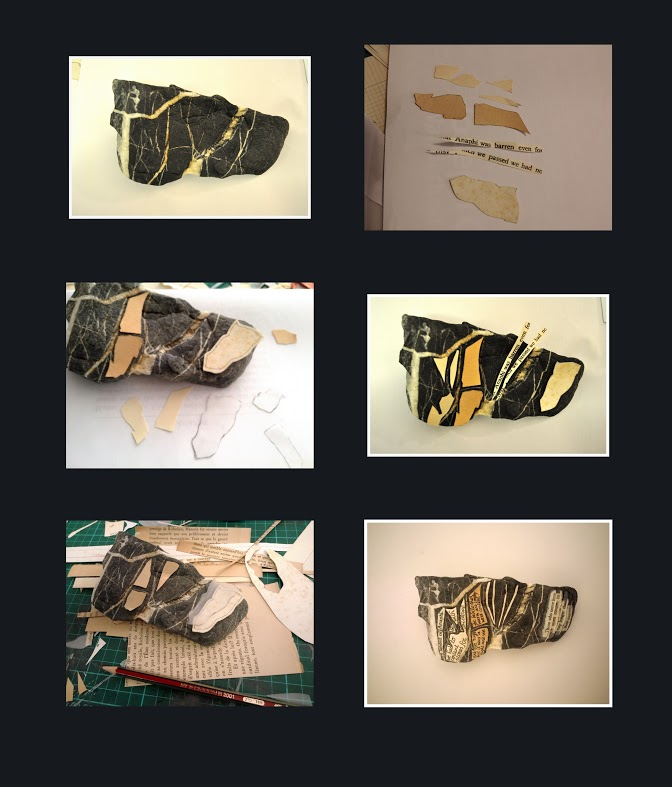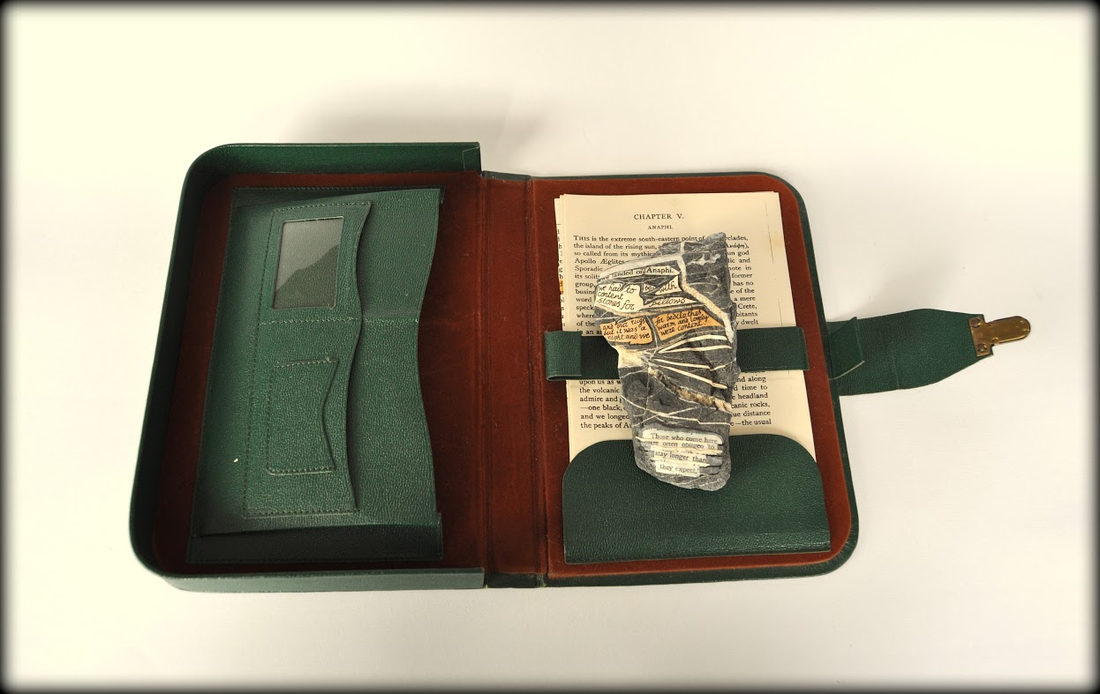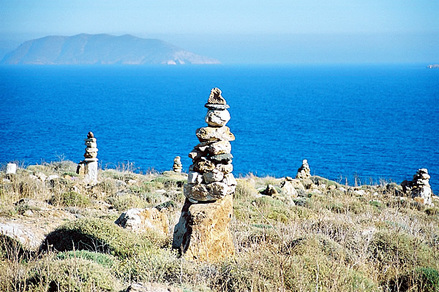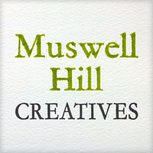| “There exists no island so remote in its solitude as Anaphi. It is a mere speck in the waves, where no one ever goes…,” wrote James Bent, the Oxford-educated archaeologist, historian and explorer who in the winters of 1882-4 toured the Cycladic islands. Sailing from Santorini he landed on the beach of Prassa on the northern side of Anafi and went on to explore the community life, customs and landscape of this one of the most remote islands of the Aegean Sea. Bent’s “The Cyclades, or Life Among the Insular Greeks” remain one of the most comprehensive accounts of Greek island life at the turn of the 19th century. Bent’s work was lovingly edited by Gerald Brisch and published by Archaeopress. It was for the sake of Gerald that his friend Professor of Anthropology Margaret Kenna collected a beach rock from Prassa beach and travelled with it all the way to the UK. The rock found its way on to my work desk one autumn morning. I was to make a stone for Gerry who was determined to overcome some serious health problems and go on working on another edited volume. We all had a connection to Anafi. Margaret has dedicated years of her life researching the political exiles of Anafi, Brisch has edited the work of Bent on Anafi, and I had a grandfather who was exiled to the island in 1929. The stone had so many scars and crannies that seemed to tell everyone’s story if you looked at it long enough. |
I traced the spaces between the intersecting lines of the rock on transparent paper which I then used to cut shapes out of 19th century paper. The paper has yellowed in such a way it was a perfect match with the colouring of the rock. I used paper with slightly different hues of yellow and white as well as old blotting paper from the 1930s.
The rock features a combination of handwriting and type which is almost inserted in its crevices and follows its ragged surface. “…we had to be content with stones for pillows and our rugs for bedclothes, but it was a warm and lovely night, so we were content,” is handwritten on paper fragments applied to the rock; “We landed on Anaphi… Those who come [here] are often obliged to stay longer than they expect” is in the original printed font under a layer of transparent paper.
The rock is presented in an unusual vintage writing case, dark green with velvet-like lining, a pocket on the side and nice old fashioned clasp. The first pages of Bent’s chapter on Anafi are printed on old paper and inserted in the case. The rock is wrapped in natural wrinkle paper and tied with raffia string. Mr Brisch was reported to be delighted with the contents of the parcel he found waiting for him on his Archaeopress office. I know I am delighted too.
The rock features a combination of handwriting and type which is almost inserted in its crevices and follows its ragged surface. “…we had to be content with stones for pillows and our rugs for bedclothes, but it was a warm and lovely night, so we were content,” is handwritten on paper fragments applied to the rock; “We landed on Anaphi… Those who come [here] are often obliged to stay longer than they expect” is in the original printed font under a layer of transparent paper.
The rock is presented in an unusual vintage writing case, dark green with velvet-like lining, a pocket on the side and nice old fashioned clasp. The first pages of Bent’s chapter on Anafi are printed on old paper and inserted in the case. The rock is wrapped in natural wrinkle paper and tied with raffia string. Mr Brisch was reported to be delighted with the contents of the parcel he found waiting for him on his Archaeopress office. I know I am delighted too.
Inklinks paperweights & writing accessories are available to buy at inklinks.etsy.com
| Image by IMFJ at Dutch Wikipedia - Transferred from nl.wikipedia to Commons., Public Domain, https://commons.wikimedia.org/w/index.php?curid=1813687 |



 RSS Feed
RSS Feed
